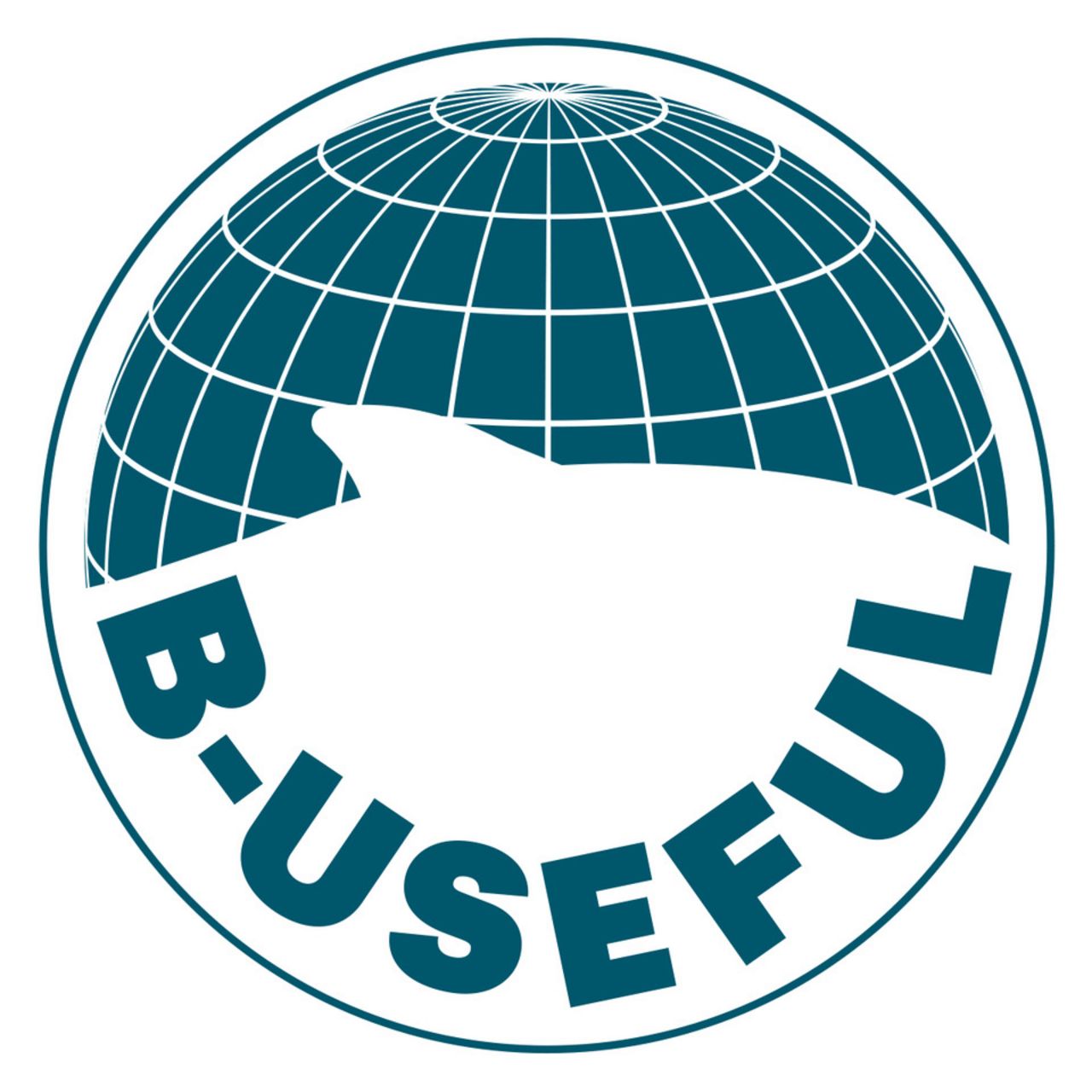Project
Development of customized dynamic diversity criteria for the long-term use of European marine ecosystems (B-USEFUL)

Biodiversity and User-oriented Solutions for Improved Monitoring and Management of Biodiversity and Ecosystem services in vulnerable European Seas
Putting Europe’s threatened marine biodiversity on the path to recovery by 2030 requires well informed science advice and operational decision-support tools allowing end-users to formulate management plans and evaluate the effectiveness of conservation actions for biodiversity protection, notably with regard to the placement, size and number of marine protected areas (MPAs). This is in order to protect “hotspots” of biodiversity and vulnerable ecosystems, while ensuring their capacity to provide services vital to society and human wellbeing (e.g., food provision and climate regulation).
Background and Objective
From a German perspective, coastal habitats in North Sea and tthe Baltic and the Wadden Sea are of high importance for the development of sustainable long-term management frameworks. Diversity goals need to be tailor-made so that the are able to adapt to changes in offshore habita structure or fisheries utilization patterns and climate change.
Target Group
Management authorities, fisheries and environmental stakeholder groups, ICES
Approach
- Identify key end-user needs to support decision-making for spatial planning and sustainable management of European marine biodiversity and ecosystem services
- Co-develop a set of operational indicators, targets and “what-if” scenarios of multiple interacting stressors acting on marine biodiversity and ecosystem services
- Compile and standardize available scientific survey data on marine species distributions, abundances, traits, as well as human pressures impacting marine biodiversity by maximizing the exploitation and uptake of existing European data infrastructures
- Advance our understanding of the adverse cumulative impacts of climate change and anthropogenic pressures acting on marine biodiversity by assessing the status, trends, and drivers of multiple biodiversity indicators and their links to ecosystem functions and services
- Quantify the risk, vulnerability and resilience of species, communities and habitats to human impacts and the degree to which conservation actions can reduce exposure and sensitivity
- Develop and apply new model infrastructure to better characterize and forecast changes in marine biodiversity and ecosystem services under various end-user defined scenarios of climate change and human pressures
- Co-develop interactive, user-oriented tools and solutions for decision-making and participatory management of marine biodiversity and ecosystem services
Our Research Questions
- How can user groups be involved to identify their interests, develop indicators and integrate the project results into existing advisory systems at EU level through the International Council for the Exploration of the Sea (ICES)?
- How can available European data infrastructure for monitoring and assessing marine biodiversity be utilized to pursue these goals?
- Which new model infrastructure needs to be implemented to have the capacity to make projections of future biodiversity and ecosystem services?
- Which user-oriented and interactive visualization tool hosted within an existing infrastructure for science advice and ocean governance need to be developed?
Thünen-Contact

Involved Thünen-Partners
Funding Body
-
European Union (EU)
(international, öffentlich)
Duration
10.2022 - 9.2026
More Information
Project funding number: Project: 101059823 — B-USEFUL — HORIZON-CL6-2021-GOVERNANCE-01
Funding program: EU - Horizon Europe
Project status:
ongoing

![[Translate to English:] [Translate to English:]](/media/_processed_/7/1/csm_IMG_7977_large_1defaf5de1.jpg)

![[Translate to English:] Logo des Bundesministerium für Ernährung und Landwirtschaft](/media/allgemein/logos/BMEL_Logo.svg)